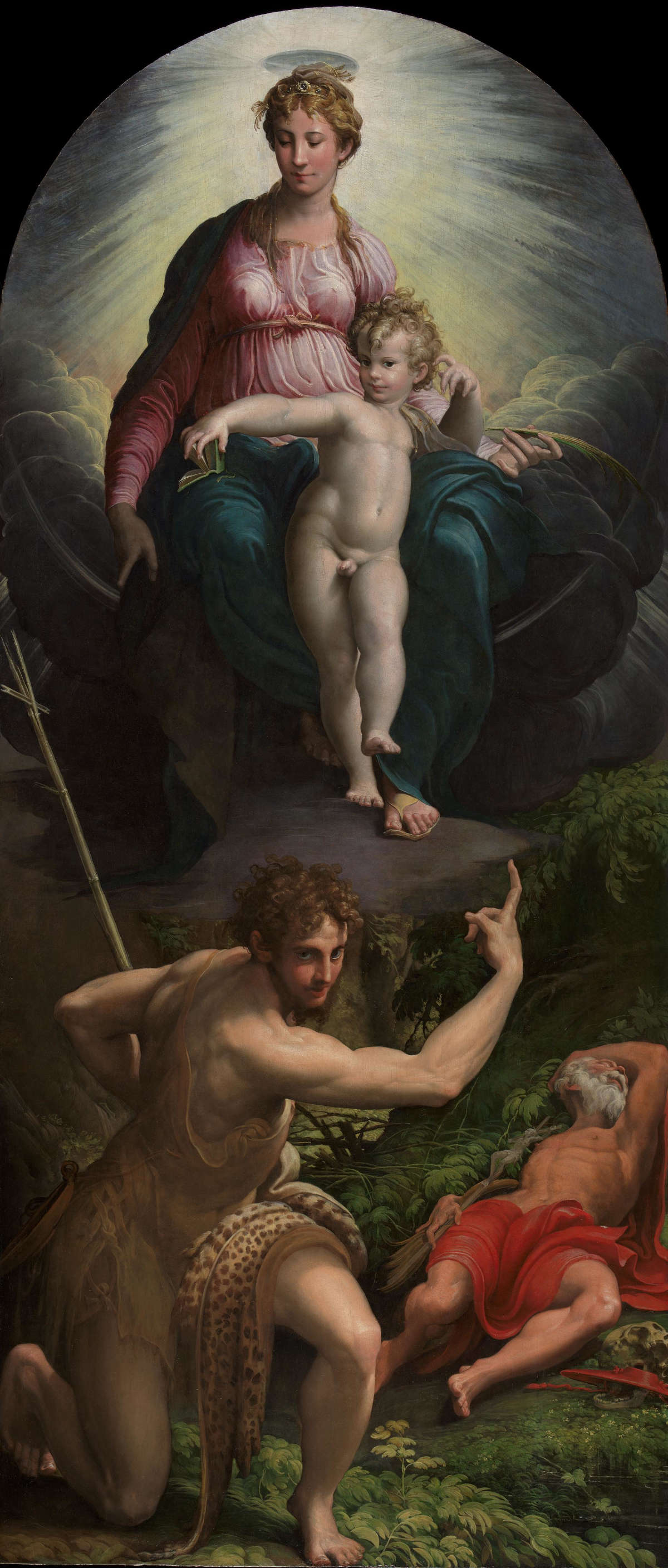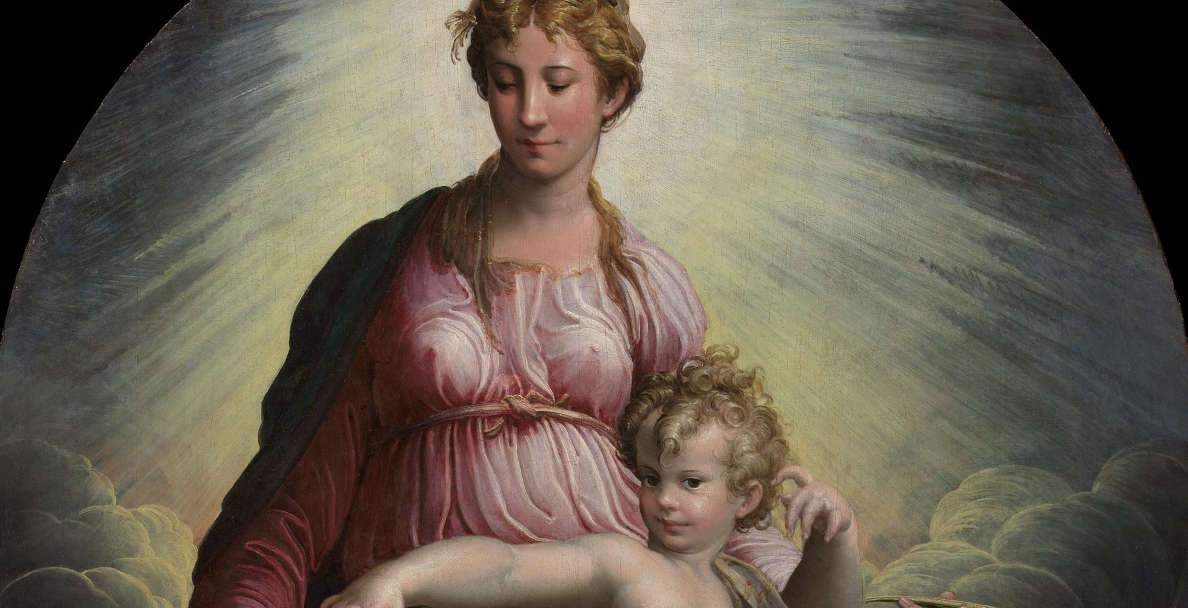A major return to the National Gallery in London: in just under a year’s time, in December 2024, the London museum will return to display, after a decade, a masterpiece of Italian Mannerism, Parmigianino’s Madonna and Child with Saints, also known as The Vision of St. Jerome. It is the only major altarpiece by Parmigianino in UK collections and has undergone extensive restoration in recent years.
This will be the first exhibition devoted to the painting since it was presented to the National Gallery in 1826, two years after our founding. As part of the museum’s bicentennial celebrations, this exhibition again presents this preeminent work to the public, highlighting its place in the development of 16th-century central Italian painting and in the history of the British institution’s collection.

The Madonna and Child with Saints was made by Parmigianino when he was only 23 years old, during his brief stay in Rome, where he worked from 1524 to 1527. It was to adorn a chapel in the church of San Salvatore in Lauro belonging to the Caccialupi family of well-known church officials. Depicting a Madonna and Child with Saints John the Baptist and Jerome at her feet, it was an important public commission for the young artist, but it would have been the first and only one made in Rome. According to Giorgio Vasari, Parmigianino was at work on this very altarpiece in 1527 during the Sack of Rome. According to the account, when Charles V’s imperial troops broke into his studio, they were so amazed by what they saw that they allowed him to continue, demanding that he make drawings for them in exchange for leaving him unharmed. Eventually Parmigianino fled Rome, never seeing his greatest success installed to this day. The painting was hidden and recovered only long after the artist’s death, when it was moved by the commissioner’s heirs to the family church in Città di Castello.
Parmigianino was one of the most exemplary and prolific draughtsmen of the 16th century. The numerous surviving preparatory drawings for the altarpiece demonstrate his tireless creative dedication to the project. The exhibition brings together for the first time a selection of these drawings to their painting. From atmospheric, velvety studies in chalk to vivid, swirling sketches in pen and ink, the sheets offer an opportunity to rediscover the painting from the earliest conceptual ideas to the meticulously finished final drafts, with a journey meant to bring out the artist’s dynamic visual thinking through the elegant vividness of his line and mastery through a variety of media.
“It will be really exciting to have this masterpiece back on the walls of our Gallery, with its visionary qualities once again on public display,” says Matthias Wivel, curator of 16th-century Italian paintings at the National Gallery. “It is also exciting to be able to display it alongside a selection of Parmigianino’s exceptional preparatory drawings, allowing us all to take an indirect part in his dynamic, fluid and ever-evolving creative process. I have no doubt that this exhibition will be an exciting experience.”
 |
| London, National Gallery returns to display Parmigianino masterpiece after 10 years |
Warning: the translation into English of the original Italian article was created using automatic tools. We undertake to review all articles, but we do not guarantee the total absence of inaccuracies in the translation due to the program. You can find the original by clicking on the ITA button. If you find any mistake,please contact us.